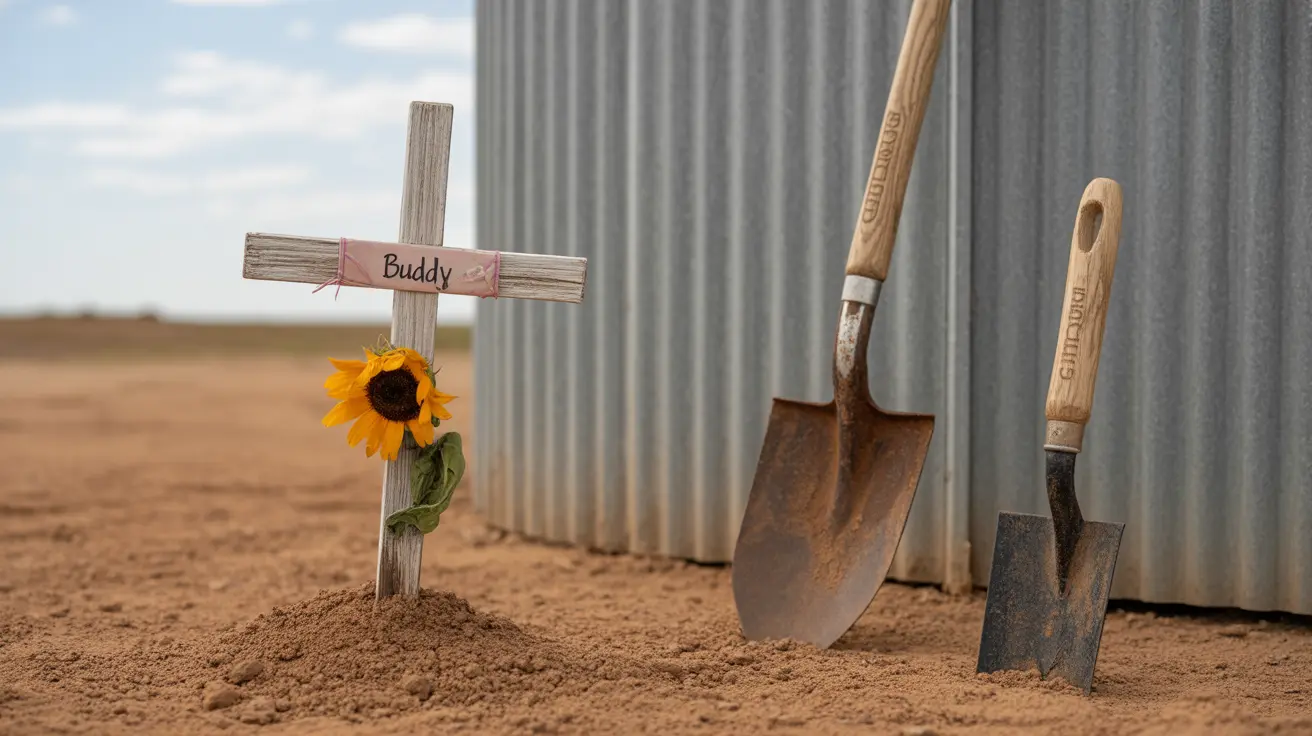A concerning incident in San Angelo, Texas, has raised questions about wildlife threats to pets after a 16-year-old dog was killed in what authorities initially identified as a rare javelina attack. The case has highlighted the complex relationship between urban pets and local wildlife, with differing perspectives on the exact nature of the predator responsible.
The Texas Game Wardens are investigating the incident, though the dog's owner disputes the preliminary assessment that javelinas were responsible for her elderly pet's death. This situation has brought attention to the various wildlife risks that pet owners in West Texas must be aware of and prepare for.
Understanding Wildlife Risks in West Texas
The San Angelo region is home to diverse wildlife species that can potentially threaten domestic pets. While javelinas typically aren't known for aggressive behavior toward larger animals, other predators like coyotes, bobcats, and feral hogs are known to inhabit the area and can pose significant risks to pets.
Texas Game Wardens' Role in Wildlife Conflicts
Game wardens play a crucial role in investigating and documenting wildlife attacks, helping to identify patterns and protect both domestic animals and wildlife. Their expertise is essential in determining the species responsible for attacks, which helps inform public safety measures and wildlife management strategies.
Pet Safety in Urban-Wildlife Interface Areas
As urban development continues to expand into natural habitats, encounters between pets and wildlife become increasingly common. Pet owners in areas like San Angelo need to be particularly vigilant about protecting their animals, especially in neighborhoods that border wildland areas.
Protective Measures for Pet Owners
- Supervise pets during outdoor activities, particularly during dawn and dusk
- Maintain secure fencing around properties
- Keep pet food indoors and secure outdoor trash containers
- Install motion-activated lighting in yards
- Stay aware of local wildlife activity reports
Understanding Javelina Behavior Texas
While javelinas are generally not aggressive toward larger animals, they can become defensive if they feel threatened. These animals are primarily herbivorous and typically avoid confrontation with dogs unless cornered or protecting their young.
Distinguishing Predator Attack Signs
Different wild animals leave distinctive signs during an attack, which helps investigators determine the responsible species. Professional assessment of bite patterns, tracks, and other evidence is crucial for accurate identification of the predator involved.
Frequently Asked Questions
What wild animals in San Angelo, Texas, pose the greatest threat to pet dogs?
Coyotes are the most common predators responsible for pet attacks in the San Angelo area, with bobcats, feral hogs, stray dogs, javelinas, foxes, and raccoons also present as potential threats.
How common are javelina attacks on dogs, and why was this recent attack considered rare?
Javelina attacks on dogs are very rare since these animals primarily eat plants and small animals and usually only attack in self-defense when cornered or threatened. The San Angelo incident was unusual because fatal attacks by javelinas on dogs are infrequently documented.
What precautions can San Angelo pet owners take to protect their dogs from wildlife attacks?
Owners should supervise pets outdoors, especially at dawn and dusk, avoid leaving pet food outside, secure trash, install fencing or deterrents where javelinas or coyotes are reported, and promptly report wildlife sightings or attacks to authorities.
Staying Vigilant and Informed
This unfortunate incident serves as a reminder for pet owners to remain vigilant about wildlife threats in their area. While attacks on pets are relatively rare, understanding local wildlife behavior and taking appropriate precautions can help prevent similar tragedies.
Pet owners are encouraged to report any wildlife encounters to local authorities and stay informed about wildlife activity in their neighborhoods. By working together, communities can better protect their pets while coexisting with local wildlife populations.






